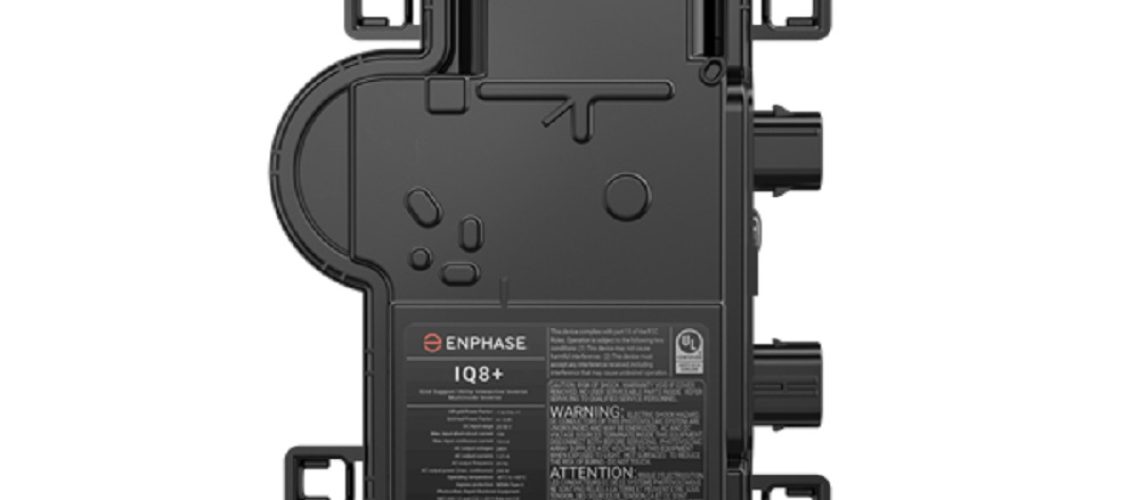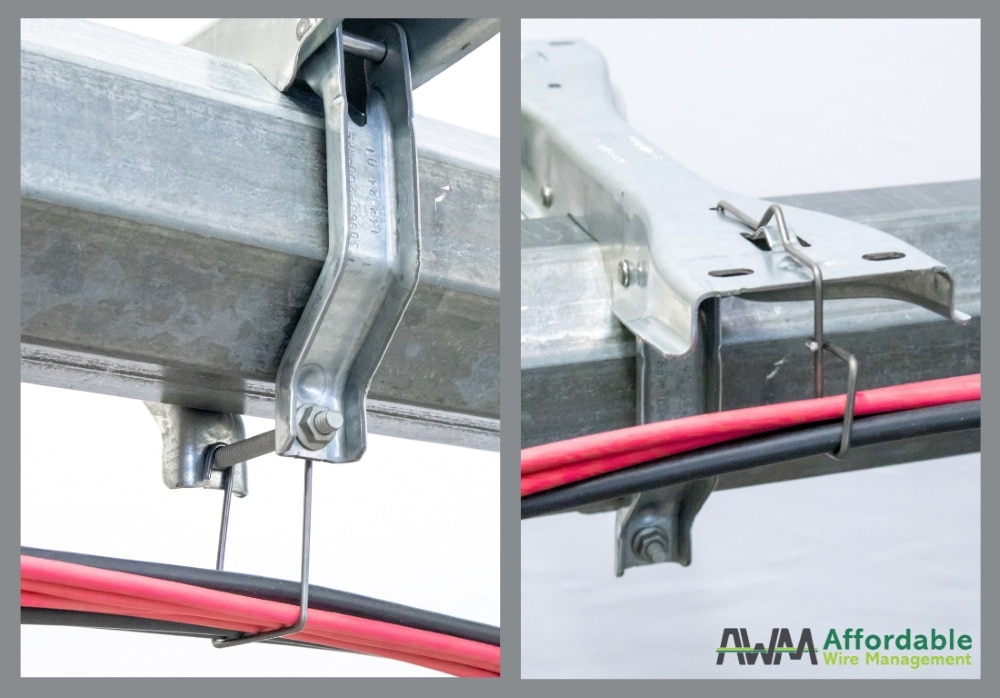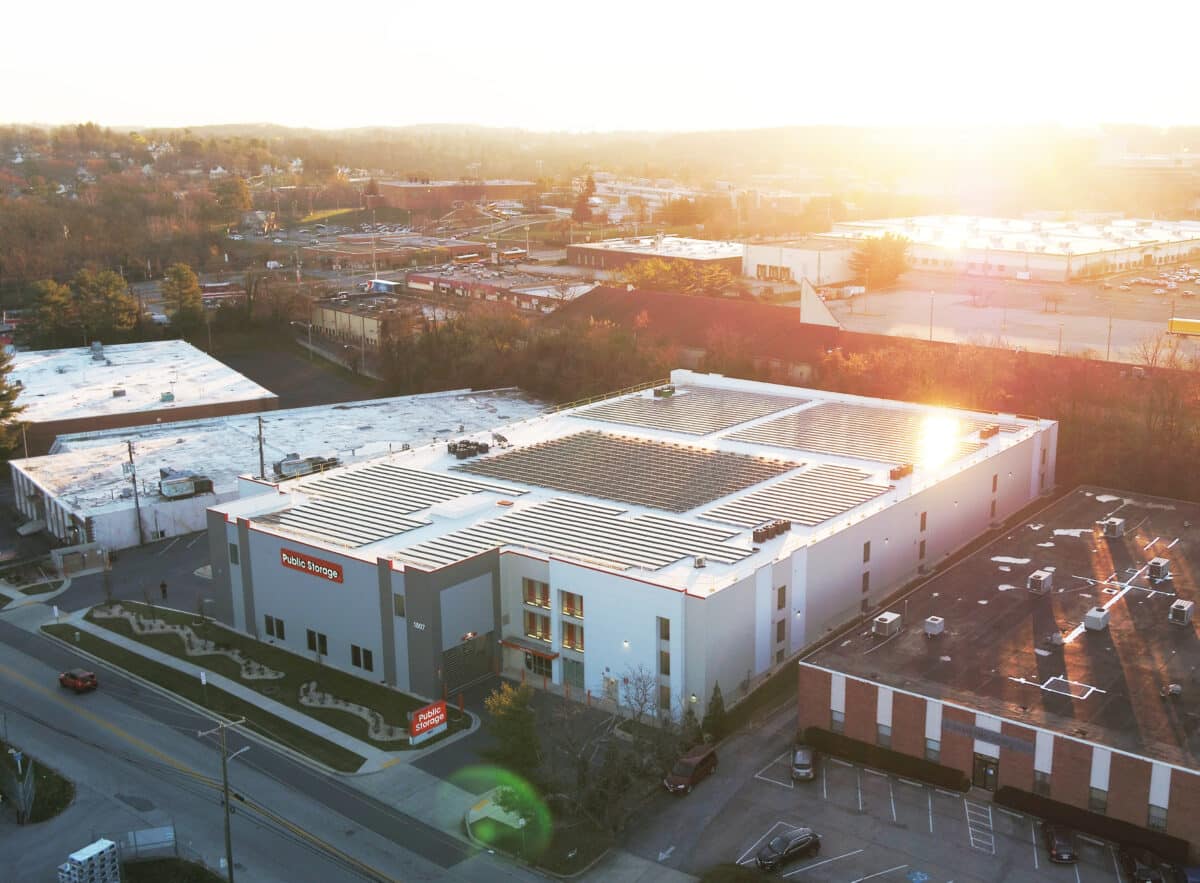U.S. revenues dropped 16% from the previous quarter while European sales fell 34%.
Enphase Energy, the largest global supplier of solar microinverters, has had a difficult year, with its stock falling more than 75% from all-time highs late last year. Its performance has struggled in line with other residential solar market leaders, which have all suffered from significantly weakened demand.
High interest rates, regulatory changes like California’s NEM 3.0, and stabilizing energy prices have made a significant dent in rooftop solar installations.
Enphase delivered $551 million in revenues in Q3, 2023, falling short of consensus estimates of $556 million. This is a sharp drop from the previous quarter, with U.S. revenues falling 16% from the previous quarter. Revenues in Europe fared even worse as inventory channels piled up, with revenues falling a staggering 34% from the previous quarter.
In 3Q, the company delivered 3.9 million microinverters and 86 MWh of batteries. It generated a free cash flow of $122 million. About 86% of microinverter shipments were the IQ8 microinverter. The company ended Q2 with 48% gross margin, 18% operating expense, and 30% operating income.
Looking ahead, the high-growth stock is expecting even more contraction of revenues. Fourth-quarter revenues are expected to range between $300 million and $350 million. This is far below the consensus estimate of $577 million.
Despite already shedding significant value after foreboding earnings calls from competitors SolarEdge and Tesla, Enphase dropped another 16% in the trading session following the call.
Enphase represents a higher upfront cost option than its string inverter counterparts. In a high interest rate environment, lower-cost options like string inverters may become attractive to customers. However, Enphase management said it is not making any price reductions and expects to maintain healthy margins.
Weakened demand has caused inventory channels to pile up, especially in Europe. Enphase management said it conservatively expects channel inventory issues to clean up sometime in mid-2024.
“When the demand falls, we think more decisive inventory correction becomes necessary. We are being conservative in our assumptions of no demand recovery until Q2 in this framework. So that explains the guidance,” said Badri Kothandaraman, chief executive officer, Enphase.
“Despite the large reduction in Q4 guidance, we are maintaining our non-GAAP gross margin above 40% in our guidance without the IRA benefit. We aren’t making any broad-based pricing changes at this time on microinverters, and we have already made the necessary changes on batteries before,” he said.
The company attributed a 25% pullback in sell-through in California to NEM 3.0. However, management said it is confident that solar-plus-battery systems will have a payback period under NEM 3.0 that approaches NEM 2.0 levels, and that sales should normalized in “a few more quarters.”
“Utility rates are continuing to move higher in California with one California utility recently requesting a 22% rate hike. Assuming that even half of that rate hike is approved by the CPUC, the payback period for a NEM 3.0 solar plus a battery system will become close to a NEM 2.0 solar-only system. So that’s good,” said Kothandaraman.





